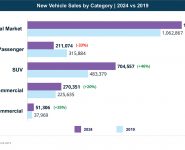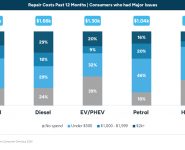BIGGER IS BETTER… OR IS IT?
For a number of years now, Fifth Quadrant has been tracking the shift from passenger vehicles to SUVs, and seeing more and more US-style trucks (like the RAM1500) on Australian roads
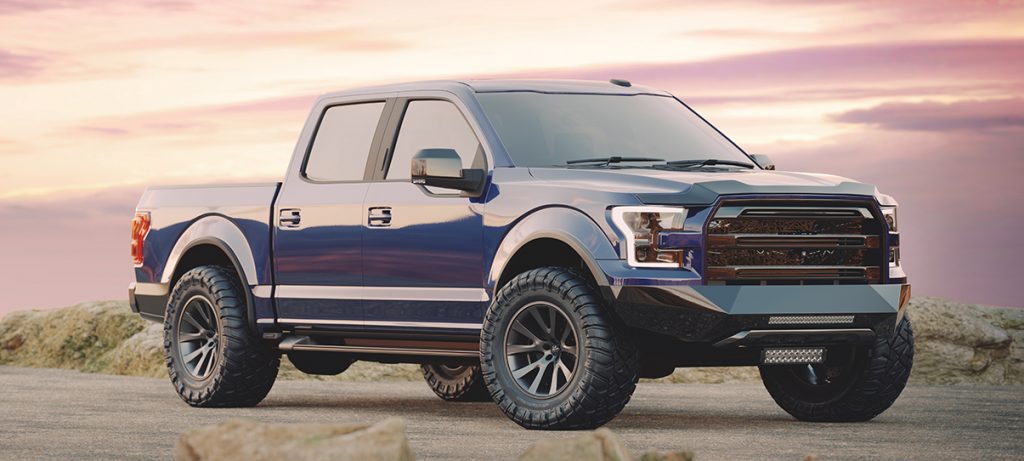
One would think that this shift must naturally also be translating through to engine size, with more powerful units required to drive these larger vehicles.
Looking at the data, that is however not the case, with more modern vehicles (ie. those registered since 2017) largely defaulting to a more moderate (and fuel-efficient) power train.
In fact, we can see a significant shift in the market over the past five years, with vehicles from 2016 or older much more likely to have a larger engine.
Going back a decade to the Aussie muscle era, more than one in three had an engine capacity of 3L or more, whereas the sweet spot today is 2 – 2.49L. While there are still models being sold with larger engines, they are down to one in six (or half what they used to be).
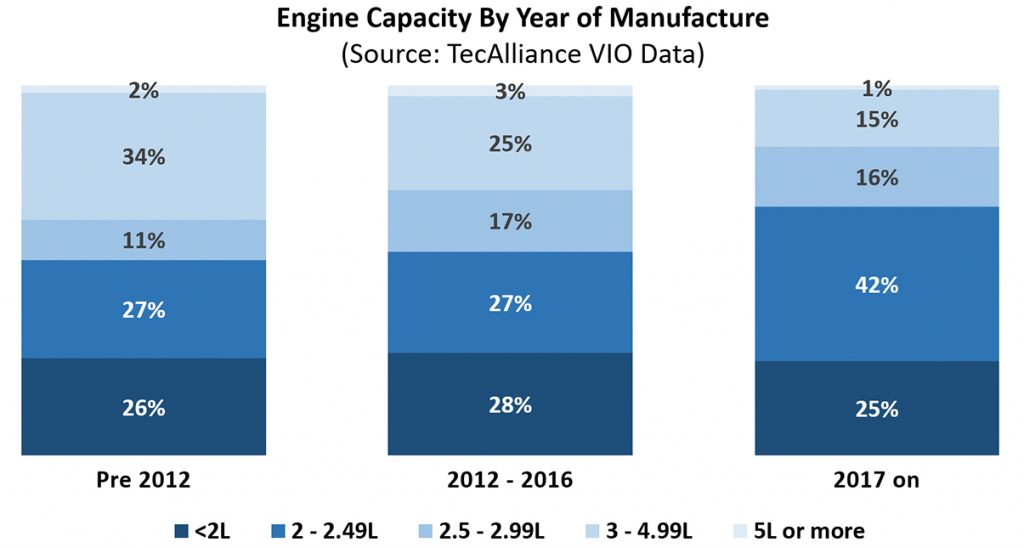
With that said, age is not the sole factor impacting this trend. Fuel type is a significant contributor to these decisions, with diesel vehicles naturally running larger capacity engines than their petrol counterparts.
In fact, just one in four diesel-powered vehicles has an engine capacity below 2.5L, against two thirds of those running petrol engines.
While this is somewhat self-fulfilling, given diesel is more typically going to be found in large SUVs or light commercial vehicles, it does talk to the varying nature of these vehicles, and the types of engines needed to ensure they can deliver to usage expectations.
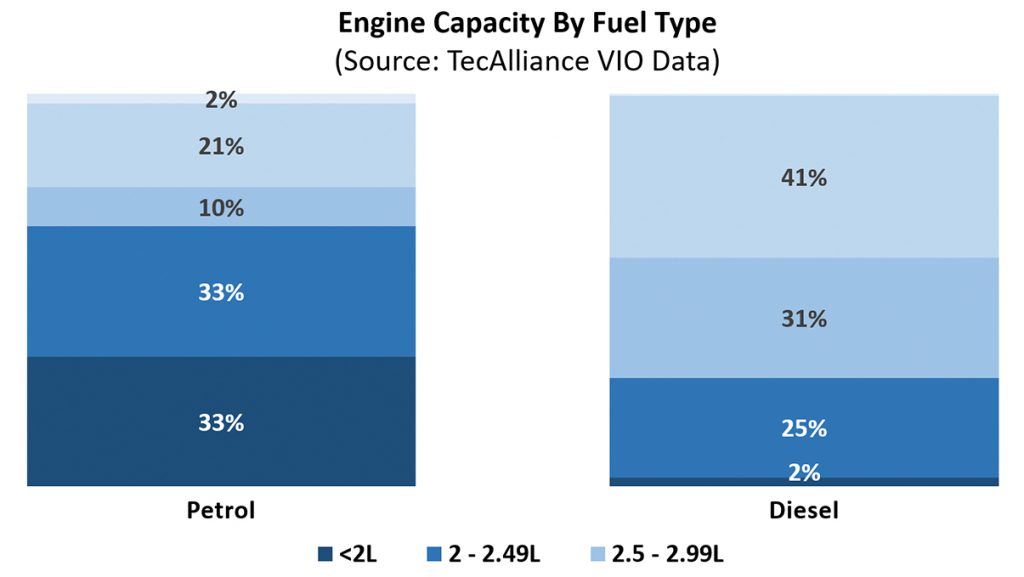
Similarly, we can see a clear trend in terms of engine capacity by brand country of origin.
Vehicles produced by brands from China, South Korea and many European markets typically trend to smaller engines, whereas their Japanese counterparts produce a more balanced mix of sizes.
With that said, Japanese brands are responsible for almost 10m vehicles on Australian roads, so that includes almost 2.5m with an engine capacity under 2L.
Across our entire list, there are however only two countries whose brands produce more vehicles with larger engines than small ones…despite no longer having active OEM production facilities, two thirds of vehicles produced by Australian brands have an engine capacity of 2.5L or more, just behind manufacturers from the US.
In absolute terms, while there are less than 300,000 American-brand vehicles on Australian roads, almost one in five of those are operating 5L or larger engines.
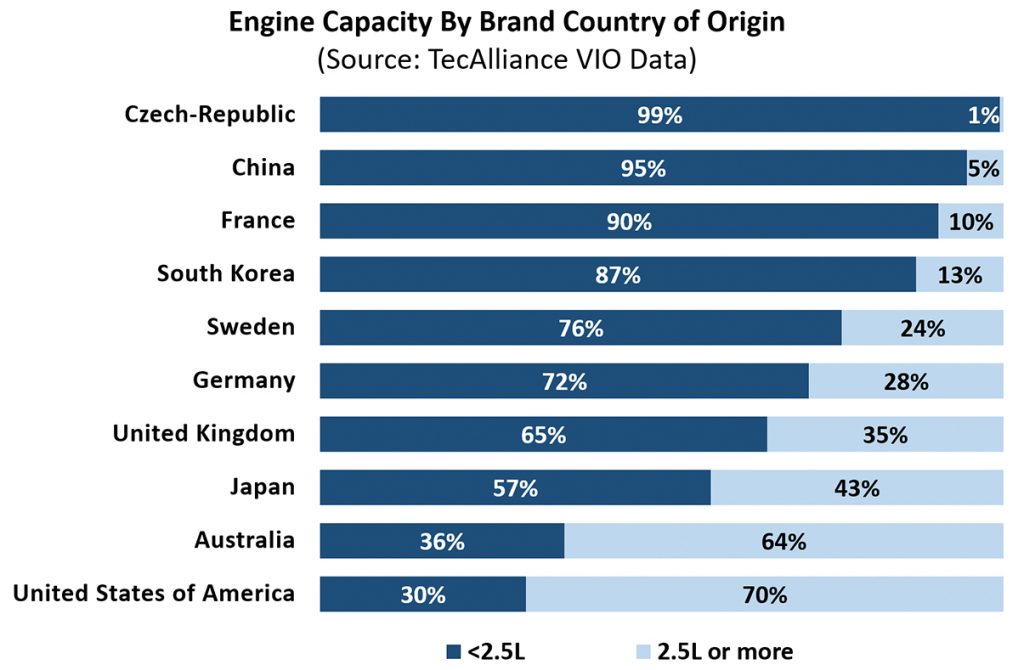
For aftermarket businesses, this can be a key input into product planning and training.
A detailed understanding of car parc trends is critical to manufacturer planning cycles, with wrong decisions having a significant financial impact.
From a workshop perspective, this can also feed into significant decisions around where to invest in tools and training.
More important here though would be considering data at a more local level. While engine capacity is not included, the new AAAA car parc tool has just been launched, providing members with access to more granular data about their local area.
This tool is available now in the member area of the AAAA website, and we’d love to hear your thoughts.
This column was prepared for AAAA Magazine by Fifth Quadrant (formerly ACA Research), the AAAA’s partners in the AAAA Aftermarket Dashboard which is delivered to AAAA members each quarter.
For more information, visit www.fifthquadrant.com.au or contact Ben Selwyn on
ben@fifthquadrant.com.au



